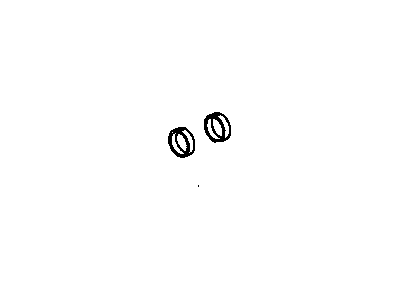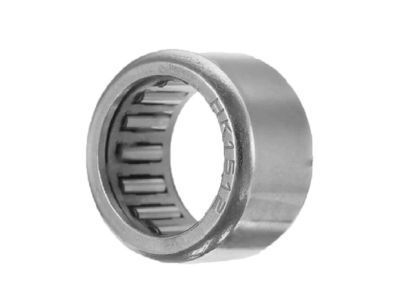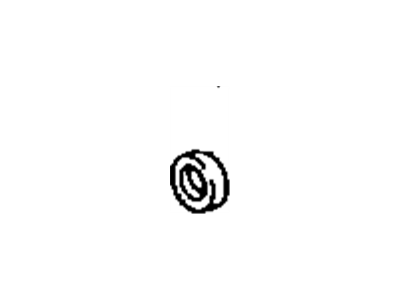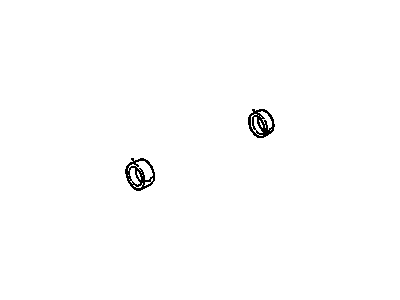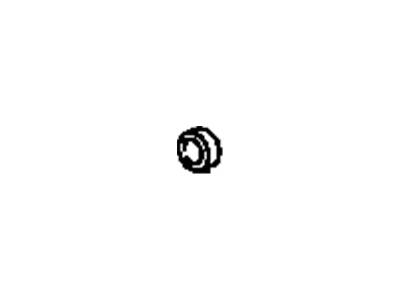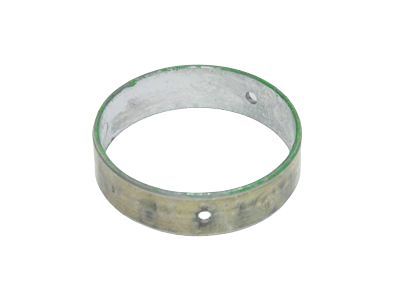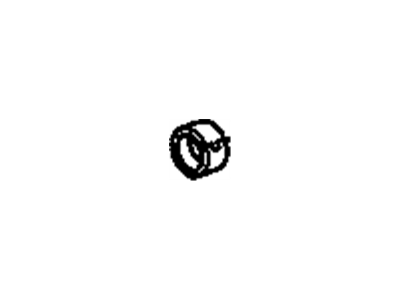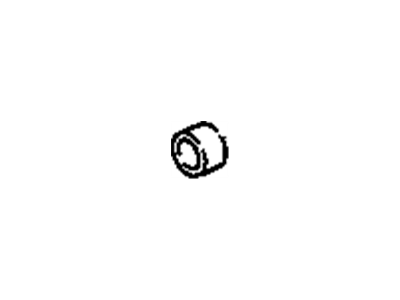
My Garage
My Account
Cart
Genuine Pontiac Firebird Camshaft Bearing
- Select Vehicle by Model
- Select Vehicle by VIN
Select Vehicle by Model
orMake
Model
Year
Select Vehicle by VIN
For the most accurate results, select vehicle by your VIN (Vehicle Identification Number).
13 Camshaft Bearings found
Pontiac Firebird Bearing, Camshaft (Positive 2&4)
Part Number: 19260875$35.02 MSRP: $57.98You Save: $22.96 (40%)Ships in 1-3 Business DaysPontiac Firebird Bearing, Camshaft (Positive 3)
Part Number: 19260876$35.02 MSRP: $57.98You Save: $22.96 (40%)Ships in 1-3 Business DaysPontiac Firebird Bearing, Camshaft
Part Number: 12453171$41.46 MSRP: $83.61You Save: $42.15 (51%)Ships in 1-2 Business DaysPontiac Firebird Bearing, Camshaft
Part Number: 12507947$2.01 MSRP: $3.16You Save: $1.15 (37%)Ships in 1-3 Business DaysPontiac Firebird Bearing, Camshaft
Part Number: 14002525$1.09 MSRP: $1.71You Save: $0.62 (37%)Ships in 1-3 Business DaysPontiac Firebird Bearing, Camshaft
Part Number: 19301057$25.03 MSRP: $38.36You Save: $13.33 (35%)Ships in 1-2 Business DaysPontiac Firebird Bearing, Camshaft
Part Number: 12576090$33.28 MSRP: $68.00You Save: $34.72 (52%)Ships in 1-2 Business DaysPontiac Firebird Bearing, Camshaft
Part Number: 12453170$5.04 MSRP: $7.28You Save: $2.24 (31%)Ships in 1-2 Business Days
Pontiac Firebird Camshaft Bearing
Each OEM Pontiac Firebird Camshaft Bearing we offer is competitively priced and comes with the assurance of the manufacturer's warranty for the part. Furthermore, we guarantee the speedy delivery of your orders right to your doorstep. Our hassle-free return policy is also in place for your peace of mind.
Pontiac Firebird Camshaft Bearing Parts Questions & Experts Answers
- Q: What is the proper procedure for inspecting and measuring a camshaft,Camshaft Bearing and Lash Adjuster on Pontiac Firebird?A:The last and most essential of camshaft tests is lobe lift which should be taken prior to the dismantling of the engine. Begin with the rocker arm cover(s) then pull the rocker arms and ball pivots away from the cylinder head(s). Secure a dial indicator on top such a way that the stem of the indicator leaning against the end of the exhaust valve pushrod while the plunger touching the pushrod. Turn the Crankshaft slowly and get the Lash Adjuster on the bottom of the cam lobe which also gives the least height to the pushrod. Zero the dial-indicator, and after rotating the crank-shaft further, observe the maximum movement of the push-rod and the lobe lift indicated on the specification. Perform this to each of the remaining valves, noting that intake and exhaust valves may be standardized differently. Camshafts which are out of 0.002-inch of the specified lobe lift should be replaced with a new one. After the camshaft has been pulled out, wash the camshaft with solvent and examine the bearing journals for sign of wear, pitting, or seizure. When the journals are bad, both the camshaft and bearings will have to be replaced. Place a dial indicator on each camshaft bearing journal and record the inside diameter of each and record two readings on each bearing. Measure the bearing journals with a micrometer, to check the bearing for excessive wear or out-of-roundness; if the bearings are more than 0.001-inch out-of-round, replace the camshaft. Inspect the camshaft lobes for such things as discolouration, scoring and uneven wear; if these are okay and the lobe lift measurements were as laid down the camshaft can be used time again. Thoroughly wash out the Lash Adjusters and visually check each one for scuffing, score marks and worn areas; if any of the Lash Adjuster feet are concave, all the Lash Adjusters should be replaced. If new Lash Adjusters have been added, a new camshaft must be run as well, and never run previously used Lash Adjusters if the old camshaft is not installed in its locations. Camshaft bearing sleeves are fairly tough to install or replace due to the size and the fact that you need special tools and skills to work on them-it is better to drop the block to an automotive machine shop.
Related Pontiac Firebird Parts
Browse by Year
2002 Camshaft Bearing 2001 Camshaft Bearing 2000 Camshaft Bearing 1999 Camshaft Bearing 1998 Camshaft Bearing 1997 Camshaft Bearing 1996 Camshaft Bearing 1995 Camshaft Bearing 1994 Camshaft Bearing 1993 Camshaft Bearing 1992 Camshaft Bearing 1991 Camshaft Bearing 1990 Camshaft Bearing 1989 Camshaft Bearing 1988 Camshaft Bearing 1987 Camshaft Bearing 1986 Camshaft Bearing 1985 Camshaft Bearing 1984 Camshaft Bearing 1983 Camshaft Bearing 1982 Camshaft Bearing


